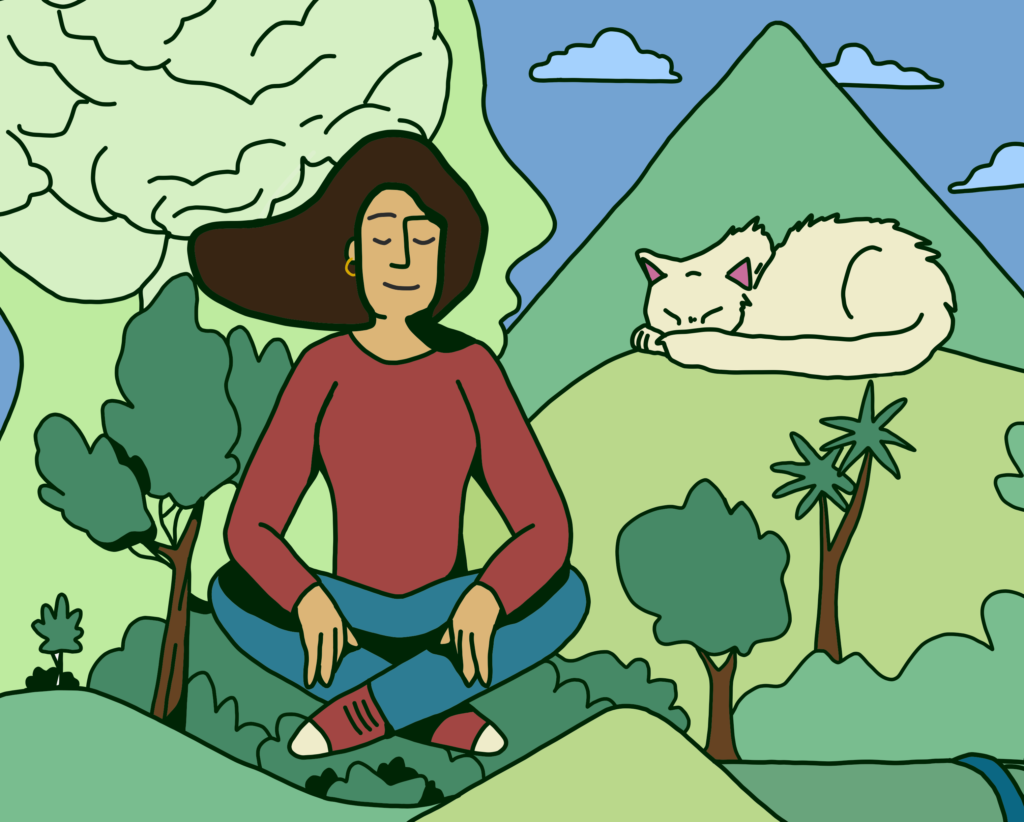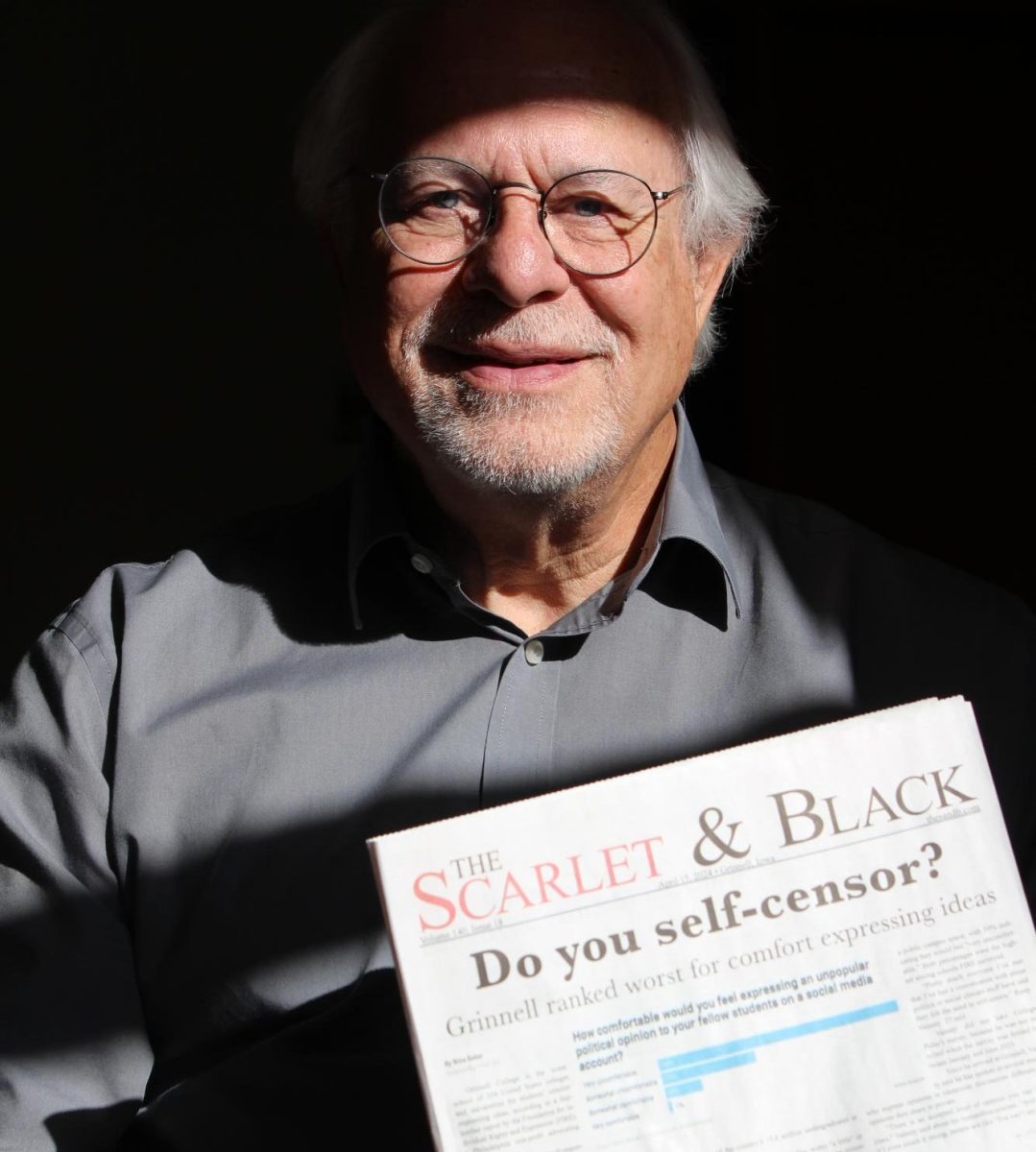By Alanis Gonzalez
gonzalez@grinnell.edu
You know, despite having a strange allure to the destructive glamor of the Jazz Age, I can’t say I like the idea of inserting myself into that era. Now there’s all the obvious factors of course: I’m a woman of color. The Mexican Repatriation that occurred during the Great Depression (and shortly after the Roaring 20s) saw the deportation of almost 2 million Mexican and Mexican-American people, a majority of whom were citizens, to make room for other laborers in the failing U.S. economy. Thus, I can’t say I’d want to be around any time before, well, right now. And that’s saying something.
But there’s another reason I don’t experience historical nostalgia, and it’s one I don’t think I’d fully realized until this past winter break. If I say, woke up tomorrow in full flapper attire, ready to storm the streets of Chicago in search of Al Capone’s speakeasies…the fun would likely be cut short by my prompt commitment into a psychiatric hospital.
And no, it probably wouldn’t be because of my anxiety disorder, or because of what any doctor would deem a ‘trauma response’. I’d likely come off too vivacious, too mouthy, opinionated. And of course, if anyone, particularly a man, witnessed me mid-panic attack, the case for my lack of sanity would only be further supported. If they found out I liked to write? I might as well sign my freedom away willingly.
Okay so maybe I’m indulging you all in a little bit of fantasy, but I don’t think anyone can fully denounce my hypothetical. The dialogue around mental health in our current society, while still slow-moving and in desperate need of transformation, is a paradise when compared to the conditions that people with and without mental disorders faced in the 20th century. Women in this era specifically faced the ambiguous and yet common diagnosis of “female hysteria.” The exact parameters of this condition? Whatever the hell doctors wanted it to be.
As a Classics major, I embarrassingly admit that female hysteria originates from ancient Greek scholars, who derived the idea of hysteria from the ancient Greek word for womb, “hysteria.” Diagnosis of female hysteria reached its height in the 18th and 19th centuries, and remained a valid form of diagnosis until 1980, with some periods of hiatus. The definition and causes of hysteria vary, with theories ranging from sexual repression to ‘the feminine condition’ (whatever that’s supposed to mean).
Much of the discourse around female hysteria stems not only from the ambiguous and unfounded causes of the illness, but also the alleged ‘cures.’ One of the most infamous cures of female hysteria was sexual stimulation, whether manually by a doctor or through other technological means such as vibrators. An article in Medical News Today describes a case study in which a nun suffered from hysteria until a man ‘pleasured her’. This was thought to counteract the sexual repression felt by supposedly hysterical women.
Along with genital stimulation, doctors would also prescribe these women bed rest. When I say bed rest, I don’t mean laying around watching Netflix. Imagine if, in let’s say May 2020, you were not only forced to stay home and socially distance, you weren’t allowed to do anything but lay in bed with no mental or physical activity permitted. For weeks.
It’s this exact scenario that inspired Charlotte Perkins Gilman’s classic short story “The Yellow Wallpaper,” where Charlotte depicts a woman’s slow descent into insanity after her husband and doctor force her into bed rest. I mean, she starts imagining people in the walls, folks. And get this: Charlotte based it off her own true experience with forced bed rest.
Charlotte is not alone in her plight against forced remedies of mental health disorders that may or may not have existed. Enter Zelda Fitzgerald, the original flapper girl and known best by association to her husband, F. Scott Fitzgerald, author of the American classic “The Great Gatsby.” Most know Zelda for her rambunctious and chaotic depictions within the American mythos. Although most remember Scott and Zelda in the height of Scott’s career as he and his notoriously beautiful wife paraded through Europe, as I mentioned in my previous column, the two have a much more…complex history than that.
According to an article by Sasha Smith in The Everyday, Scott is reported to have directly quoted portions of Zelda’s diary in various of his novels, including The Great Gatsby. In fact, a common anecdote states that Scott took Daisy’s ‘beautiful little fool’ line straight from Zelda’s mouth after she’d given birth to their daughter, Scottie. Despite Zelda’s intimate role in his success, however, Scott never allowed her to receive any credit of her own.
After a series of tumultuous events, including an affair on Zelda’s part, Zelda became fixated on learning ballet. But after it was decided that she was spiraling into obsession and had also become anorexic, Zelda was committed into an asylum where she would spend the majority of her life afterward, until her death in a hospital fire in 1948. Smith notes that she died at the young age of 47 locked in a room where she awaited electroshock therapy in the moment when the building caught fire.
I was horrified when I learned what happened to Zelda. Although we may differ on more than 20 aspects of our identities, I couldn’t imagine living in a world where a man claimed my every word as his own. A world where my autonomy could be stripped simply because I had dreams and desires outside of my designated role as someone else’s wife. And I’m not saying that maybe Zelda or Charlotte didn’t suffer from their own mental health issues. I am saying that they weren’t hysterical or obsessive. Women aren’t crazy for having emotions or being blessed with the gift of a creative spirit. We’ve only been made to feel crazy for having the audacity to express ourselves.
Smith adds that despite Zelda’s original diagnosis of schizophrenia, modern interpretations of her behavior now diagnose her with bipolar disorder. I don’t know if I agree with either decision. And yes, I know, I’m not a mental health professional, but given the way that mental health was conceived of in the 1920’s, I’m almost sure I know more than some early 20th century psychiatrists. She may not have been formally diagnosed with female hysteria, yet she received similarly poor treatment for what might be an unfounded diagnosis which ultimately led to her death.
So, the next time you find yourself caught in the nostalgia of any time before now, remember Zelda Charlotte. The past would not be a refuge for many of us, even if I do plan on dressing up as a flapper girl on Halloween for the rest of my adult life. More importantly, let’s be careful with the way we use the word “crazy.” That word ruined many lives back in the day.



































































